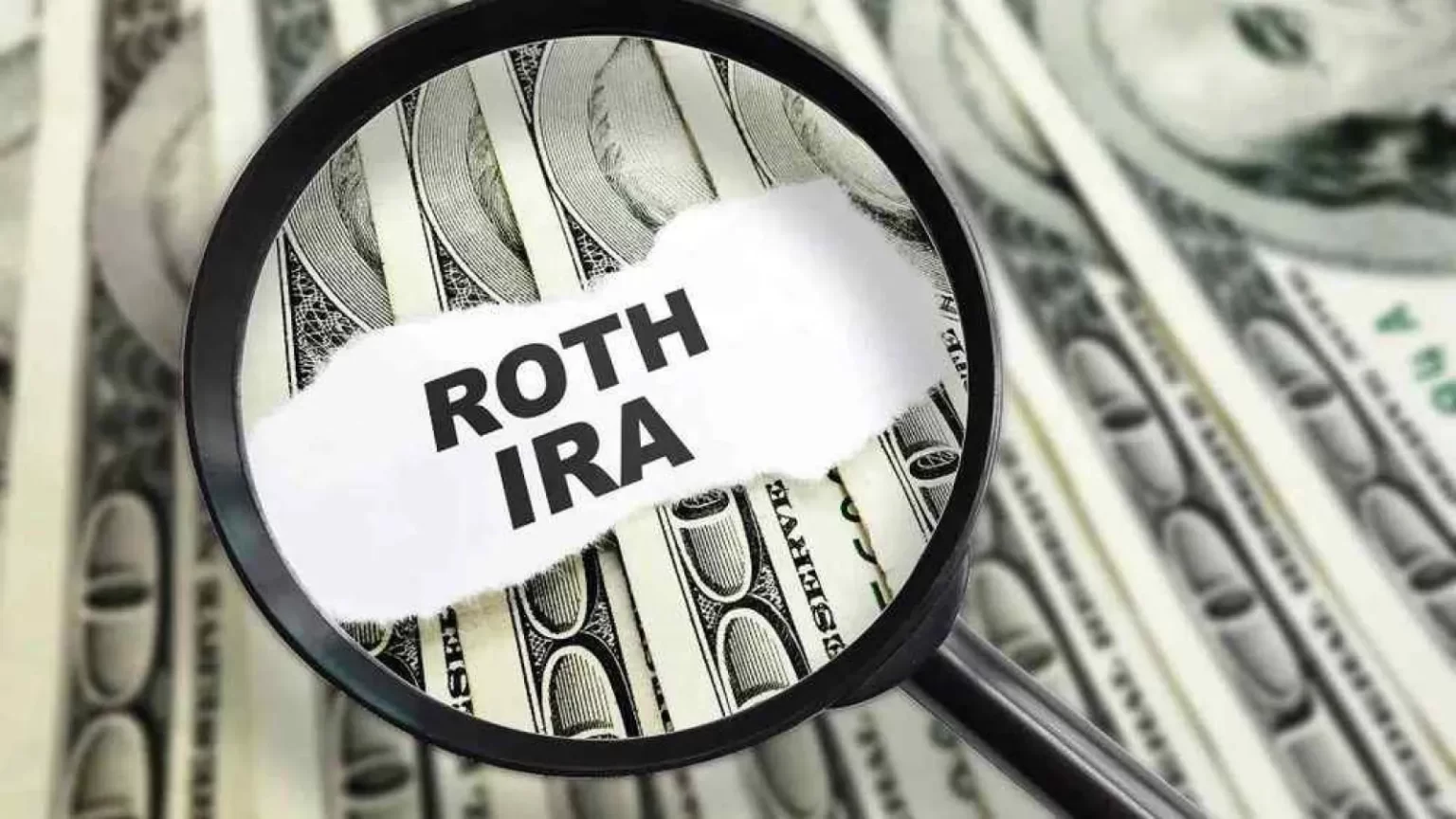For decades, retirement planning in the U.S. was centered on pensions and 401(k)s. But for today’s younger generations—Millennials and Gen Z—the Roth IRA is quietly becoming the go-to tool for building financial independence. With its mix of flexibility, tax-free growth, and long-term security, it’s no wonder more young Americans are opening Roth IRAs earlier than ever.
The Appeal of Tax-Free Growth
The biggest draw of a Roth IRA is simple: you pay taxes now, but not later. For young workers, who are often in lower tax brackets, this trade-off makes perfect sense. By paying taxes on contributions up front, they lock in decades of tax-free growth. When they finally retire, their withdrawals—including both contributions and earnings—come out tax-free.
In an era where student loans, housing costs, and inflation weigh heavily on younger Americans, the idea of tax-free money in the future feels like a financial lifeline.
Flexibility for an Uncertain Future
Unlike 401(k)s, which are tied to employers, Roth IRAs are independent. That means when young workers change jobs—a reality for many who switch careers multiple times in their lives—they don’t lose access or control of their retirement accounts.
Even better, Roth IRAs allow contributions (but not earnings) to be withdrawn at any time, penalty-free. For young savers, this flexibility acts like a safety valve: they can still access their money in emergencies without wrecking their retirement plans.
The FIRE Movement Connection
The “Financial Independence, Retire Early” (FIRE) movement has gained huge traction among younger Americans. Roth IRAs fit perfectly into this mindset because of their long-term growth and tax advantages. Some FIRE followers even use “Roth IRA conversion ladders” to access funds early while minimizing tax burdens—showing just how powerful this account can be for those who want to retire before 65.
A Hedge Against Uncertainty
With Social Security’s long-term future under debate, many young people are skeptical about relying solely on government programs. Roth IRAs offer a sense of control in an unpredictable economic climate. By building their own tax-free nest egg, young Americans are creating financial security that doesn’t depend on political decisions.
Challenges Still Exist
Of course, Roth IRAs aren’t perfect. Contribution limits ($7,000 for 2025, or $8,000 if you’re 50+) mean savers can’t stash unlimited amounts away. Income caps also restrict high earners from contributing directly, although many turn to “backdoor Roth” strategies. Still, for young savers in modest to moderate income brackets, these accounts remain one of the most powerful wealth-building tools available.
The Bottom Line
Young Americans aren’t just saving for retirement—they’re redefining how retirement planning works. By embracing Roth IRAs, they’re betting on themselves, on tax-free growth, and on financial freedom in the decades ahead. For a generation used to uncertainty, that kind of control over their future is priceless.










